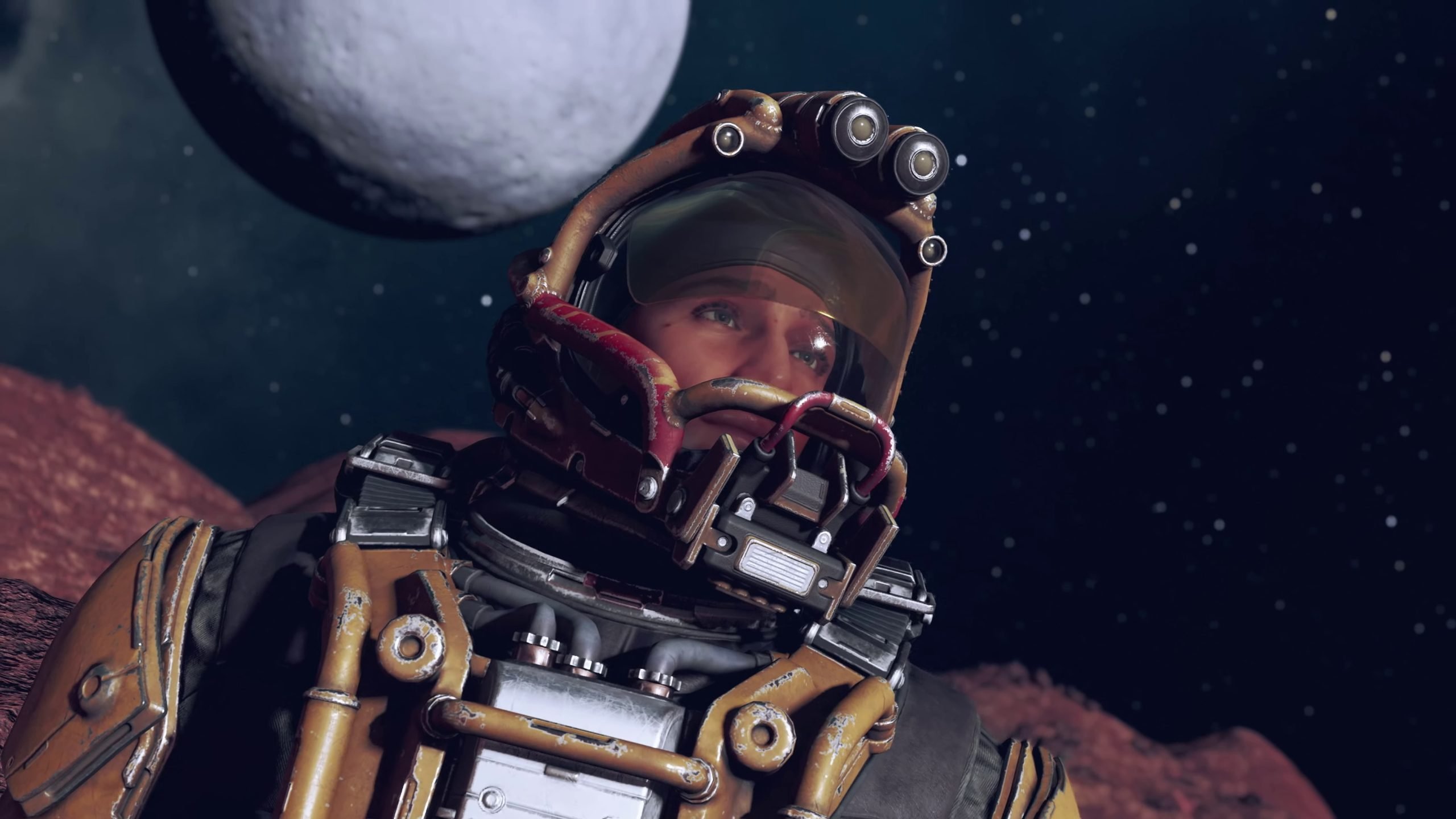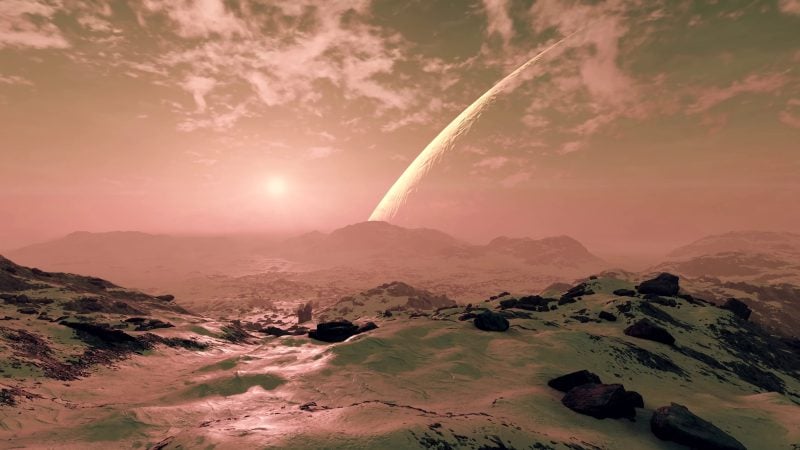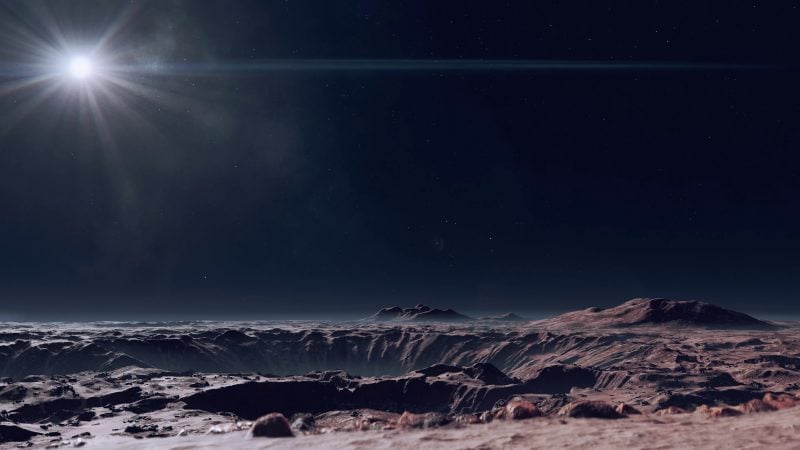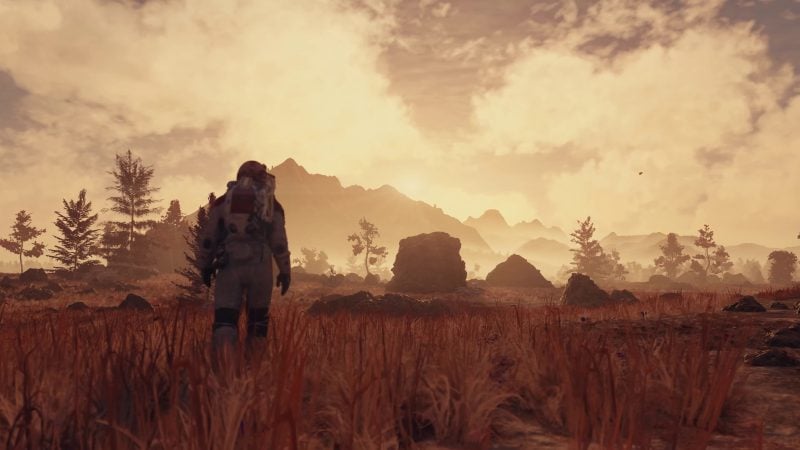
Of course, you can’t deny that people will always have something to say about any game, even if it’s something like Starfield“>Starfield.
- Starfield, Bethesda“>Bethesda‘s new RPG, is facing mixed reviews for its approach to planetary exploration, which aims to capture the emptiness of space but leaves some players feeling unrewarded.
- Bethesda’s directors, Ashley Cheng and Todd Howard, defend the game’s sparse, barren planets as an attempt to emulate real astronauts’ sense of wonder, but critics argue the game lacks the technical challenges and risks associated with real space travel.
- While the game’s emptiness serves its narrative themes of mystery and existential loneliness, it remains to be seen if this approach will satisfy gamers looking for more engaging exploration and discovery.
Starfield, an ambitious new role-playing game from Bethesda Game Studios, aims to recreate the immense, unsettling expanse of space with thousands of worlds to explore. Overall, it’s a successful endeavor. However, since its release, a rising number of gamers appear divided on the game’s planetary exploration realism.
In a recent interview, Todd Howard, the game director at Bethesda, and Ashley Cheng, the managing director, talked openly about the purposefully desolate layout of many of the in-game planets. Cheng pointed out that the idea was to simulate astronauts’ sense of awe when first setting foot on desolate celestial planets, such as the moon, by making players feel small.
While this strategy is intriguing from a philosophical one, players should be aware that it has several drawbacks. Awe and wonder were the rewards of exploration in Bethesda’s earlier titles, including Skyrim and Fallout. But in Starfield, the common, thinly populated planets frequently have nothing to offer players other than resources and outposts, which makes them wonder, “Why would I bother exploring the universe?” Even passionate fans have expressed disappointment that Starfield’s exploration isn’t as fulfilling as it could be due to this noticeable shift in gameplay dynamics.

Cheng and Howard understand the contradiction well. “There was nothing on the moon when the astronauts arrived. They were definitely not bored, Cheng countered, arguing that even if Starfield is really about “nothing,” the excitement lies in the process of discovery itself. Howard agreed, highlighting Bethesda’s choice to mimic the experience of being a space explorer. But being an astronaut making history is not the same as being a casual gamer visiting their eighth barren planet in a row.
The issue of thematic inconsistency also exists. All planets contain structures, which takes away from the apparent realism despite the emptiness. Future updates should hopefully fix the aforementioned thematic issues. Not that Bethesda didn’t make an effort. Starfield features desolate worlds with nothing but natural formations, reminiscent of isolated regions on Earth. These places are frequently found at extremes with respect to their distance from the stars.
Though they’re too far apart, Starfield does offer some sort of reward for those who are more determined to investigate.

One such possible criticism of Starfield’s “realism” is that there aren’t any in-game technological difficulties related to space travel. With the weight of the entire human race on their shoulders and the immense technical obstacles they faced, astronauts were certainly anything but bored. In short, they weren’t bored because they were too preoccupied with other, more pressing matters. However, Starfield’s space travel is not nearly as interesting or difficult.
The feeling of danger and wonder that comes with exploring the unknown is further diminished by Starfield’s quick travel alternatives. The game’s travel mechanisms feel more like a road trip than a NASA mission, and this lack of challenge fails to convey the lethal nature of space.
The story of Starfield benefits greatly from the desolate worlds, notwithstanding the objections. The plot is built around ideas of mystery and exploration of the unknown, so the emptiness is actually a benefit rather than a drawback. From this vantage point, the game depicts a distinct, existential facet of space travel: the sense of isolation and insignificance that one may experience in the vastness of the cosmos.

It’s uncertain, though, if these theme selections will ultimately satiate players’ appetites for adventure and discovery—especially considering how much time it will take to completely explore the game’s expanse.
One thing is for sure: Starfield’s depiction of space as a vast but barren frontier will continue to be a contentious subject as more players explore the game’s environment after its official launch on September 6 on the Xbox Series S/X and PC.
